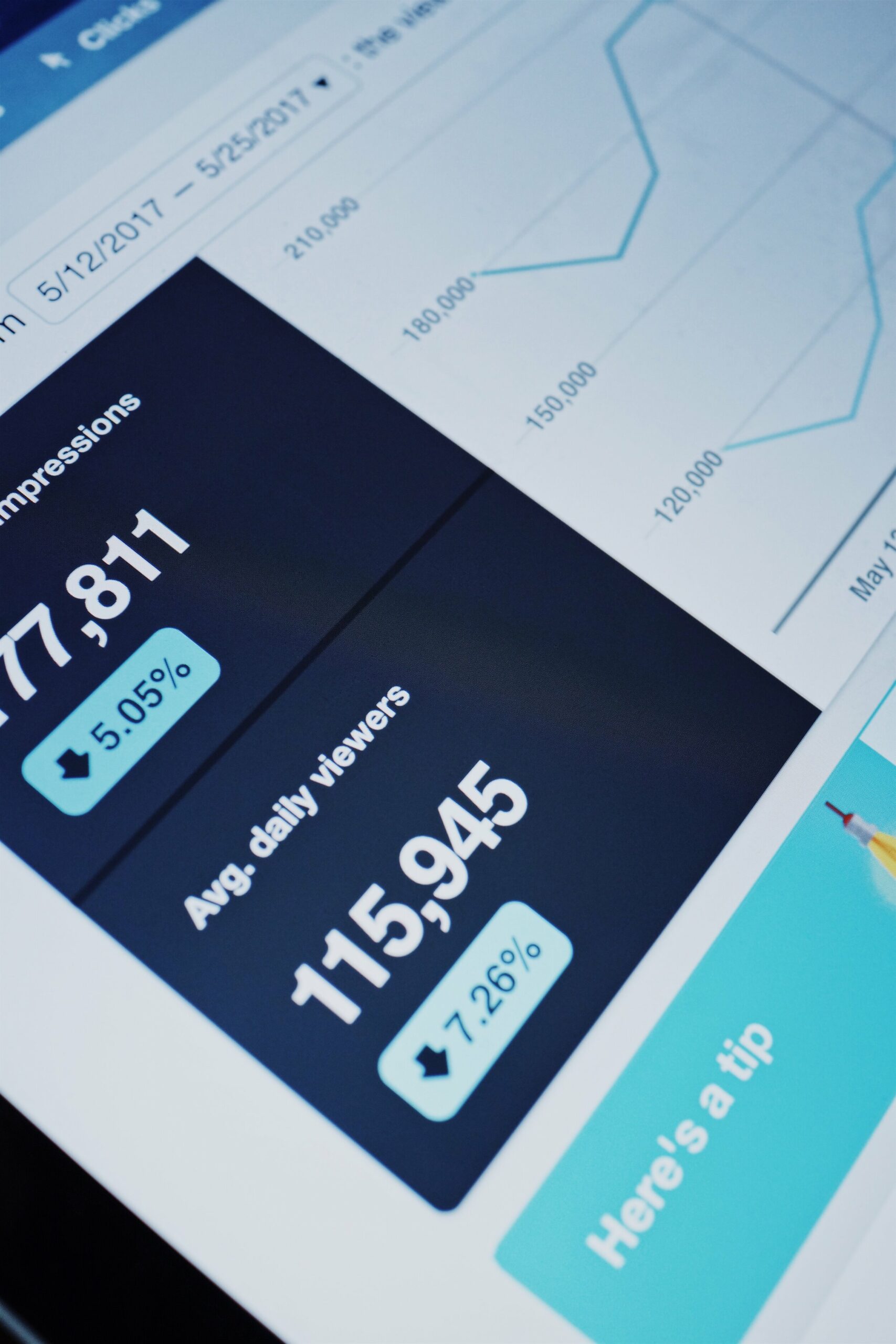Author: Mona Sobhani, PhD
In May, about two months into the pandemic, I had the firsthand opportunity to envision how digital health could, in the future perhaps, gift comfort to patients’ families in the middle of a health crisis. After days of battling an unrelenting fever and having too much trouble breathing, my COVID-19-positive uncle was rushed to the hospital after his pulse oximeter reported a far too dangerous level of blood oxygen. Given the pandemic and mandated social distancing, no family member was able to stay in the hospital with him and to get frequent updates from the healthcare providers. Instead, my cousin had to wait for twice daily calls from the care team for updates – and in between the calls, family in multiple parts of the world were left worrying, wondering, imagining the worst, but hoping for the best.
For a critical condition like his and for a disease with such rapid decompensation, our family desperately needed live updates, at least on his oxygen levels if not his entire condition. I found myself thinking about how technologically easy it should be for family members outside the hospital to monitor his heart rate and oxygen level via an app, and how much comfort that would’ve provided. I say that only because we have physician and nurse family members and friends who could correctly interpret the vital signs for us. On the flip side, I could see how much of a problem or nuisance this could be for the care team if untrained individuals are unnecessarily reaching out with possibly unfounded concerns about the vitals of their loved ones. There must be a middle ground, and hopefully we will get there with digital health.
Setting aside the real-time metrics as a fantasy, I also wanted (with my uncle’s permission) to get a copy of his labs to send to my friend working the COVID-19 intensive care unit in a Los Angeles hospital to review his status and apply her rapidly expanding COVID-19 care knowledge to his case. At this point in time, Los Angeles had far more COVID-19 cases than my uncle’s city and my friend had been treating patients daily and had an idea of what levels of which metrics to track. But in a common story, it was nearly impossible for my cousin to get my uncle’s labs, even though she had power of attorney and my uncle had approved. It seemed like it should have been easily accessible information that automatically populated on my uncle’s digital medical record that he could share with us, but in reality it was so far out of reach. Again, I am not sure if this would have been welcomed by the care team, but in the midst of a pandemic it could have been a way to share care burden and to more widely apply emerging knowledge about the disease.
Eventually, although we could not get the actual records, I was able to report certain metrics to my friend who patiently explained how the markers indicated my uncle’s improving progress in the context of the disease. I felt lucky to have someone who could provide such relief. Maybe that should be one of the goals of digital health: to deliver healthcare like it’s coming from your healthcare provider best friend – with updates, context, and comfort.
